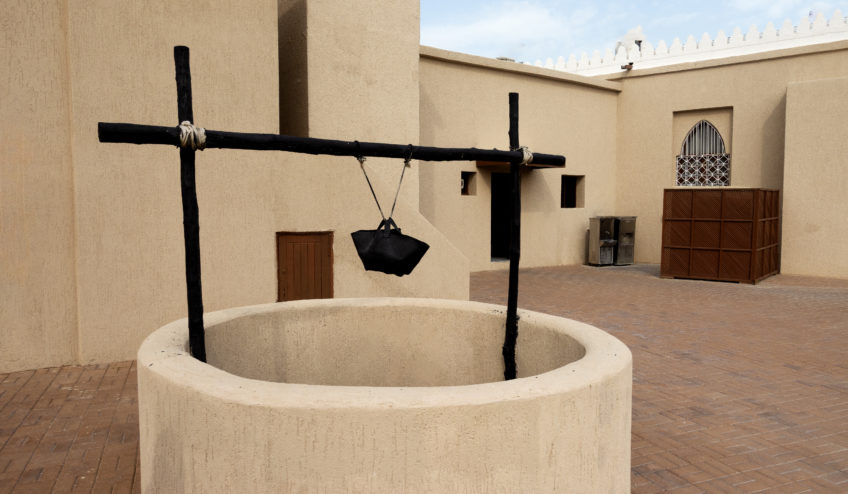The other week at Ignite, Matthew mentioned the series called Chosen. I too have watched this very innovative approach to the depiction of the Gospel. In particular, I was greatly moved by the episode about the Woman at the Well in John 4:1-6.
The Gospel story explains that because she is rejected by society, this woman goes to the well when there’s no one else around. By the time she arrives, Jesus is already there having sent his apostles off to get something to eat and as such is waiting on her arrival.
The actors captured beautifully the dynamic between Jesus and the woman, and her response to Him.
She challenges Jesus when they are having their theological chat and then, you can see her melting as she responds to His gentleness, understanding and acceptance. When Jesus reveals to her His true identity as the Messiah, the power of His forgiveness frees her on every level and causes her heart to break open. Her joy is so overwhelming that she nearly turns somersaults running back to the village to tell everyone she has met the Messiah.
Jesus models what it means to live a life in the edge space – the margin
Jesus chose to cross the border from Galilee into Samaria rather than circumvent it as the Jews normally did. He chose to go to the margin between what was socially acceptable and what was not acceptable. In other words, He chose to go to the edge-space of Jewish society.
This episode moved me deeply. I too have known Jesus’ deep compassion and forgiveness – of having my heart break open in utter joy. I have been challenged to consider my societal judgements, assumptions, and closed-heartedness to those living on the edge of society – those not of my tribe. For over two years now, I have also been taught to live in the edge-space of my life, with Covid-19 bringing this same teaching to us all.
Samaritans were considered to be the dregs of Jewish Society. As we know, sexism was rife in Jewish society. So, speaking with a woman was not something Rabbis did. Speaking theology to a woman was certainly not something a man did. Seen in public with a Samaritan woman was certainly not something a Jew did. Yet Jesus did all of the above and more. This woman was the first person to be told Jesus’ true identity.
So, imagine what the apostles feel on their return from the “shops” and seeing this scene unfold in front of them. Their worldview and assumptions are challenged. What does Jesus do then? He brings the apostle to the edge-space of their attitudes to crack open their minds. He does this by getting them to stay in this “edge-space” for two days!! Talk about rubbing your nose in it!!
This is a metaphor for us when we are being held in a space we don’t like until our eyes and hearts are opened to our unchallenged assumptions and prejudices.
I am also drawn to how Jesus goes to the edge-space of Samaritan society to rescue the “lost sheep of Israel”. He does this by extending the same welcome, receptivity and love. I have no doubt that in the light of such love their societal self-righteousness and assumptions were gently challenged and melted. Why else would they accept the testimony of the one person they were rejecting?
With each emerging theme, I reflected on my daily invitation to completely receive Jesus with a wide-open heart, to challenge my societal judgements and my assumptions about other people. I’m also challenged to continue to trust the edge-space of “the path of unknown” that we are now all walking. I recognise that it is, as ever, a process – a process that always evokes a “willing surrender rather than wilful mastery”1 over our lives.
Just as Jesus challenged the apostles to open their eyes and hearts towards Samaria, “we, (who)“don’t yet see things clearly” (1 Cor 12) are called to recognise that the spark of the Divine is looking back at us from those who are not of our tribe, race, or beliefs. By getting the apostles to stay two days in Samaria, he cleaned the mirror of their minds and hearts. They eventually were able to reflect the light and beauty of the Messiah they were accompanying. They also lived the remainder of their lives, walking in trust. We have the same invitation to be a presence to those who live in that “edge-space” whether it be mental, spiritual, or societal and to “become an image of the Beloved, to become a vessel of Love” (St. Clare of Assisi) as we to continue to walk in trust on the path unknown.
[1] Gerald May Will & Grace New York: Harper Collins Books, 1982.
Theme Photo by Frans Van Heerden from Pexels

